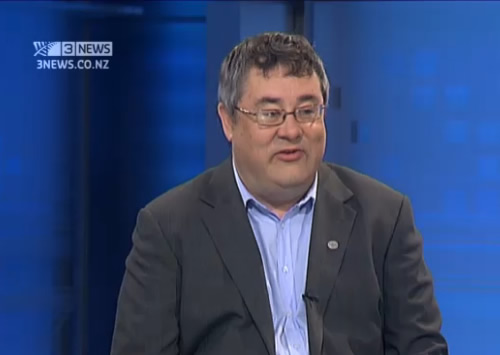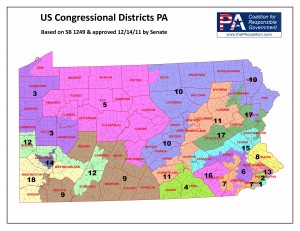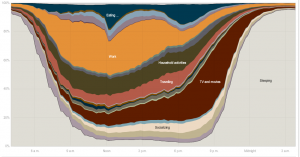Numbers don’t have to make sense?
Stuff is reporting that Vodafone (who sell communications, including specific teleworking products) has done a survey about working from home in NZ.
As usual, we don’t know how the survey participants were recruited, just that they were “476 people of all ages, regions and industries.” If they really were from all industries, it’s not surprising that many of them didn’t work from home: it’s pretty difficult for a barista, or a hospital nurse, or a factory worker, or a forester. Anyway, in this case the big problem is that we don’t have the questions, so it’s hard to work out what’s actually going on in the apparently contradictory responses. For example
- 61 per cent reported they couldn’t work away from the office because their manager liked to be able to “brief off work” immediately
- 37 per cent of people felt their managers were not supportive of them working away from the office.
So, by subtraction, at least 24% of people couldn’t work away from the office because of their manager’s working style but still felt that their managers were supportive of them working away from the office? As the story points out, we also don’t know whether the managers really were opposed to people working from home, or whether the employees just thought they were.
Comparing this survey to last week’s Randstad survey reported in the Herald, we see that the Randstad survey found “67.89 per cent said the option of working from home was either appealing or very appealing.” (No, I don’t know why the Herald quoted the results to the nearest tenth of a respondent) but the Vodafone poll found “77 per cent of people saying that if they were changing jobs, the ability to work from anywhere would make the job more attractive.” Clearly, sampling error is not the biggest problem in interpreting these surveys.
The last line of the Stuff story is “Meanwhile, 42 per cent of people, who worked away from the office regularly, said they often did overtime.” As written, this says 42% worked away from the office regularly, which seems to contradict the earlier results and the general tone of the story. Here I don’t think it’s the survey’s fault. It seems more likely that an editing error added the commas and changed the implied denominator. Grammar can make a difference in statistics, too.




